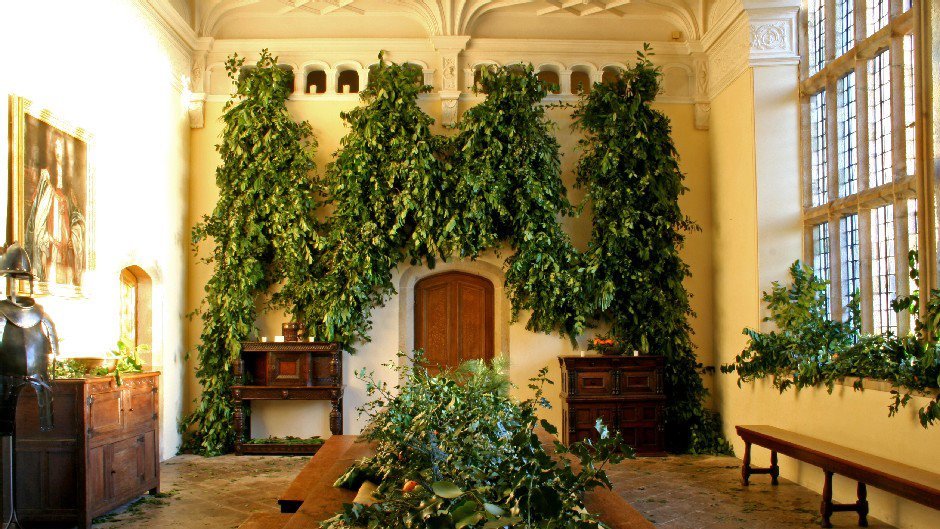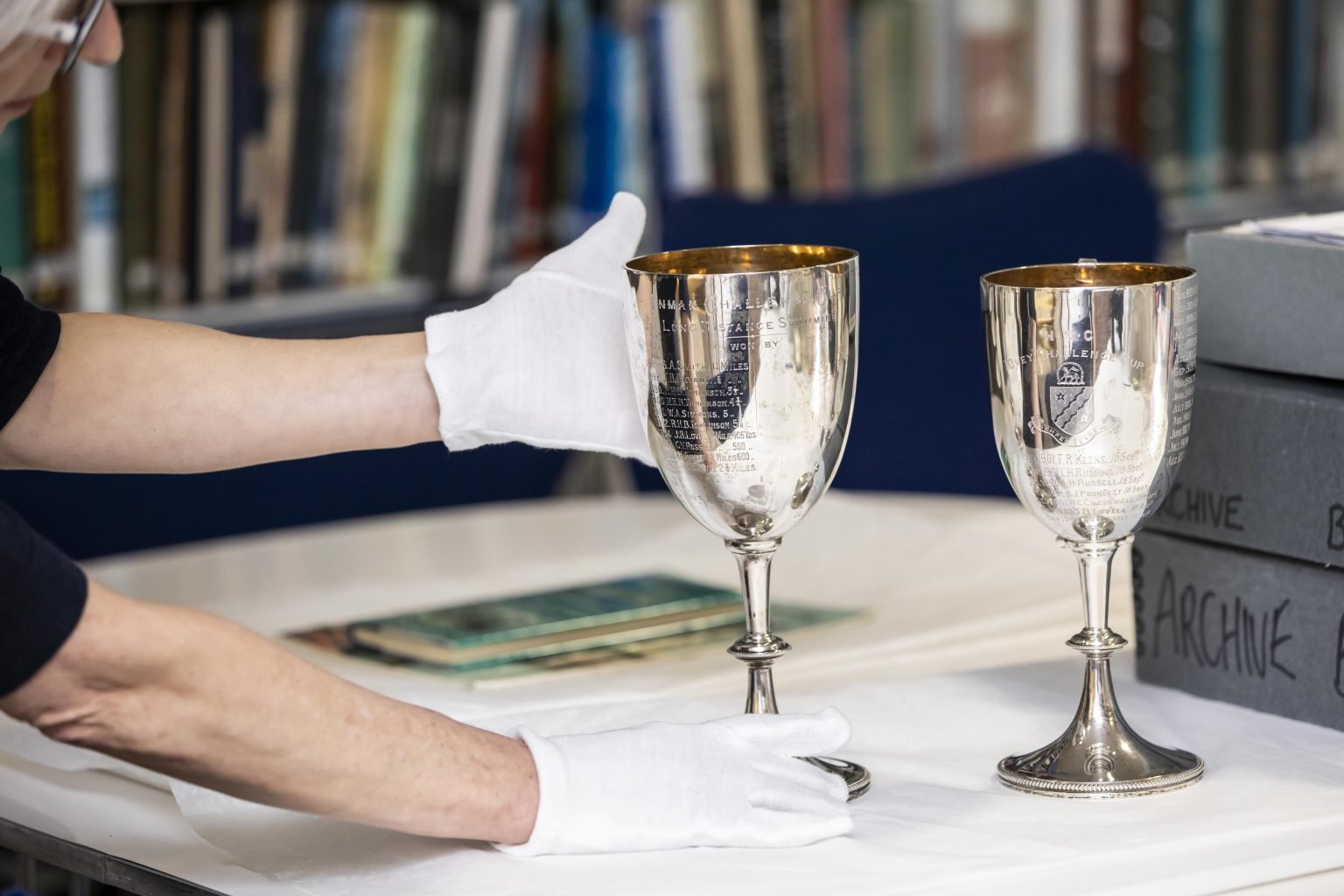Less is less, and more is more
I moved house last week, which is why I haven’t blogged for a while. I’m surprised I didn’t write a blog as yet another form of procrastination from packing boxes!
A fraction of the things I’d accumulated before selling most of it in August 2020
Actually that’s a bit unfair. I have very few possessions after a huge clear out in Autumn 2020. I’d inherited lots of practical, useful and sentimental things from emptying my mum’s house as well as everything I’d acquired personally in my couple of decades of adult life to that point. With mask-wearing, plentiful amounts of sanitiser and all the doors and windows flung open, I held a house sale over the August bank holiday weekend and by appointment in the following couple of months.
Numerous people commented on how they couldn’t bear to have such a drastic cull of their personal ‘collections’. I assured them that firstly ‘needs must’ (I had no idea where or what I was moving to after this in those uncertain days of Covid-19. Secondly – I made sure they understood that I’d extracted a select few items to come with me into the next phase of my life. These sat in an upstairs bedroom and I regularly visited them, smiling at their shared sentimental value and place within my taste at the time. Of course – some of them had mostly practical purpose.
As I drove the hire van away from my old house last week, Tristram Hunt (Director of the Victoria & Albert Museum) and Simon Jenkins (former Chair of the National Trust) were on the radio. They were being asked about why so much of museum and heritage collections were in store and what would happen with new acquisitions.
Tristram Hunt presented the numbers around the V&A Museum collections – most in store, very little of the total considered display worthy, and only a small proportion actually on display. On the face of it – I found it quite alarming. He was quick to state why these proportions exist. Many collection items need rest periods before or after going on display. It may be pressure on parts of them, or exposure to light – but like us (and certainly like me after moving!), they need a rest. He also spoke about how many, many parts of the collection had immense interest to subject experts and researchers but little appeal to everyday museum visitors. I love the concept of open collection stores which the V&A and a few other museums are putting in place.
There’s something about looking at items arranged for the most efficient use of space rather than to show them off to their full potential. My last salute to my full ‘collection’ back in 2020 was seeing the ground floor of my house set up like a cross between a dodgy museum collection store and a junk shop. It was beautiful to me.
Simon Jenkins had a more severe view on cultural institutions hoarding items that never or rarely saw the light of day. I do think collections can be a rich asset but also a time, attention and money pit. In the rest of this blog, I’ve written about four potential routes if your collection is keeping you up at night, and not with excitement:
The stars of the show at Trerice: the huge Great Hall window, the ceiling plasterwork and the seasonal displays.
1. Rationalise the collection – let fewer items have more attention, consider more perspectives on them. If items are in a historic setting – let the space speak for itself more.
When I started working with the team at Trerice House near Newquay, the collection there had been brought in from elsewhere to give the sense of a typical manor house of that size and age. It ticked boxes for anyone wanting to see a bedroom, a drawing room etc – but very little of it either individually or ensemble told any Trerice-specific stories. In some cases items required light-prevention or reduction interventions and many items were loaned so had potential restrictions on visitor photography. There were challenges in giving the front-of-house team the confidence to engage in storytelling connected to the building and interiors instead of their previous focus on objects. However, the visitor experience soon felt more authentic, visual as well as intellectual and the curatorial team were able to focus on research, excellent presentation and great storytelling instead of being slaves to an alien collection.
Top tips – engage the front-of-house team with the process of rationalising the collection from the very beginning, and all throughout. Have a clear acquisitions and disposal policy to make decision making easy – and avoid over accumulating in the future.
2. Rotate the collection – give more of the stored collection its time to shine through changing displays and themed exhibitions.
At the time I began working with the team at the River & Rowing Museum in Henley-on-Thames, they were just beginning a massive collections audit project. The eternally diligent Katherine Robson followed by Cat Neale led a wonderful team of volunteers to audit over 30,000 items in the museum’s collection – photographing them and filling in any missing details in their records. I never understood how the volunteers managed to be so disciplined in their processing not to go off on research tangents about the item in front of them.
The real joy of this project was to enable curatorial colleagues to understand exactly what the collection was made up of. They were able to make a transition from buying in touring exhibitions to developing in-house exhibitions (with potentially a few loan items) using specific themes or stories.
Top tips – ideally allocate themes on your collection database. Universal themes work best such as birth, marriage, war, money. Think about the variety of themes in your collection and design exhibitions or displays which contrast each other to appeal to a variety of audiences.
3. Share the collection – a quick google search for ‘museum gallery collection store tours’ shows a healthy amount of places already doing this – and you can see why.
There’s the sense of the ‘behind-the-scenes’, the stimulation of your mind working out what the collection items are, what their story is given they’re not presented thematically or chronologically. Then there’s the opportunity to share how you care for collection items and why ongoing support is needed.
I’ve been working on a project which features archaeology prominently. I’ve been so pleased to see that a finds store with various public access is going to be included in the visitor experience. It’s an authentic way to keep collections as a vibrant, dynamic resource with a wealth of stories and questions for us all.
Top tips – although your collections store might not be organised thematically, try and offer various themed options for your visitors as some may have specific subject interest and others may be need you to highlight items. Demonstrations of collections care are great ways to grow support whether it’s through donations or recruiting volunteers to help with collections work.
4. When a new collection comes to you.
The radio programme talked about how building projects with archaeological work involved was throwing up more and more items which then required yet more proper collection storage. For me, the most creative homing and sharing solution is in Amsterdam. However – it’s not in the Rijksmuseum or any of the city’s other cultural institutions – it’s in the Rokin Metro station.
9,500 items found during Metro extension work in Amsterdam are displayed between the escalators leading down to the trains.
In between the downward and upward escalators at both entrances are massive museum-standard display cases with a mosaic of 9,500 items. Most of them were discovered in the areas where the metro was extended so have travelled only a few meters to their new home. It’s fantastically creative and lets every tourist or daily commuter using that metro station be reminded of the extent and the beauty of objects from the past.
If you’d like to talk more about these collections management approaches, please do get in touch. In the meantime, I’m off to continue unpacking.
Distractions very welcome!


